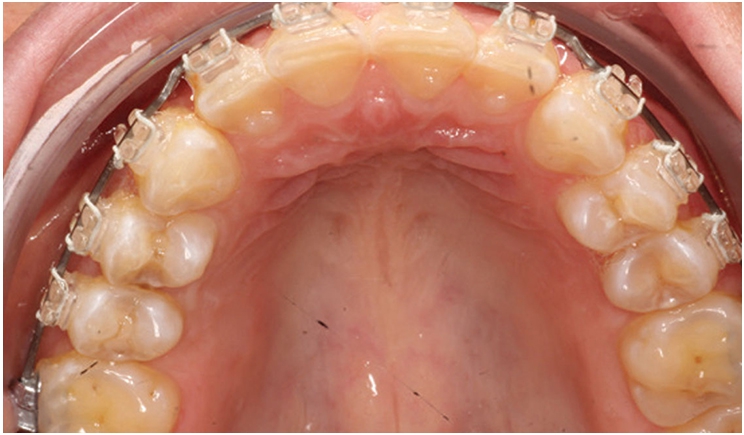
Thomas E. Dudney, DMD, presents a case report involving the multidisciplinary treatment of a patient who suffered from excessive gingival display when smiling naturally in this exclusive continuing education article, which you can receive one continuing education hour for reading. Learning objectives include:
- Understand the effect that excessive gingival display has on the aesthetics of a smile.
- Know the two most common etiologies of a gummy smile.
- Learn the importance of a multidisciplinary approach to treatment when indicated.
For the full article and CE credit, visit DentalCEToday.com.



